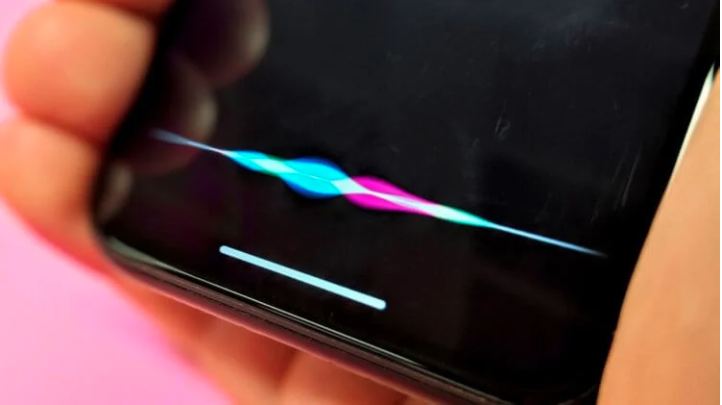IPhone application taught to detect COVID-19 by voice
Despite the fact that there are a great many tests detecting COVID-19, all of them, in one way or another, are made on the basis of biomaterials. It can be either saliva, nasal mucus, or blood. For reinsurance, the patient is often prescribed CT scan in order to determine the degree of damage to the lungs, which usually suffer when infected with a new coronavirus infection. In general, the procedure is rather complicated and not quick. Therefore, when it turned out that the Apple Watch can detect COVID-19 a week before the onset of symptoms, it became a real sensation. True, there are cleaner ways.
The developers of the Israeli startup Vocalis, which specializes in technologies for diagnosing respiratory diseases by voice, learned how to diagnose COVID-19 in the same way. They studied how a person’s voice changes if his body is affected by a new coronavirus infection, and applied this knowledge to create a simple diagnostic procedure. But first it was necessary to train the algorithms on living people.
Coronavirus detection app
The experiment involved more than 2,000 thousand people suffering from COVID-19, including those who were asymptomatic. Scientists collected samples of their voices, analyzed and calculated 512 patterns that can be used to determine the disease.
The principle of the application is simple:
- The patient is asked to turn on the recording and count from 50 to 70;
- The recorded speech block is sent to Vocalis servers for scanning;
- The algorithms analyze speech and generate an extended spectrogram with signs (or lack thereof) of COVID-19 infection.
The patient is asked to count from 50 to 70 in order to give the algorithms the opportunity to get used to the speech and the language in which he speaks. Since this is a rather large speech block, this turns out to be enough for the algorithms, and they, by checking the indicators against predetermined criteria, produce a result. Most often correct.
True, the developers decided that it was not worth taking responsibility for making a diagnosis. Therefore, the app does not say that the patient has a positive or negative test. It simply indicates to him a high or low probability of infection.
If the likelihood is low, no mandatory recommendations will follow. However, if the likelihood of infection is high, the patient will be asked to make sure of this for sure and have a test or CT scan. After all, if you need to have a negative PCR test to cross a border, the app is definitely not going to help here.
How to tell if you have a coronavirus
The algorithms used for diagnosis are so accurate that they don’t even require the patient to have symptoms. That is, you may feel perfectly fine, but be infected, and there is an 81% chance that Vocalis will show it. The application has its own criteria for determining the signs of infection, which it focuses on:
- Headache
- Fever
- Dyspnea
- Coarsening of the voice due to inflammation of the vocal cords
It is not very clear how the Vocalis app detects a headache, but the coarsening of the voice to which the algorithms respond does not have to be clearly distinguishable by the human ear. That is, you yourself may not notice this, and the application, which is trained in a special way, will hear and draw the appropriate conclusions.
Despite the fact that the Vocalis application does not care what language the patient speaks, it is not in the App Store and, most likely, it will not appear in the public domain at all. According to preliminary information, the developers plan to distribute it under license among corporate partners. For example, among companies, so that they identify signs of infection among their employees, preventing the spread of the disease in the team. This is probably for the best, considering how suspicious ordinary people can be.

